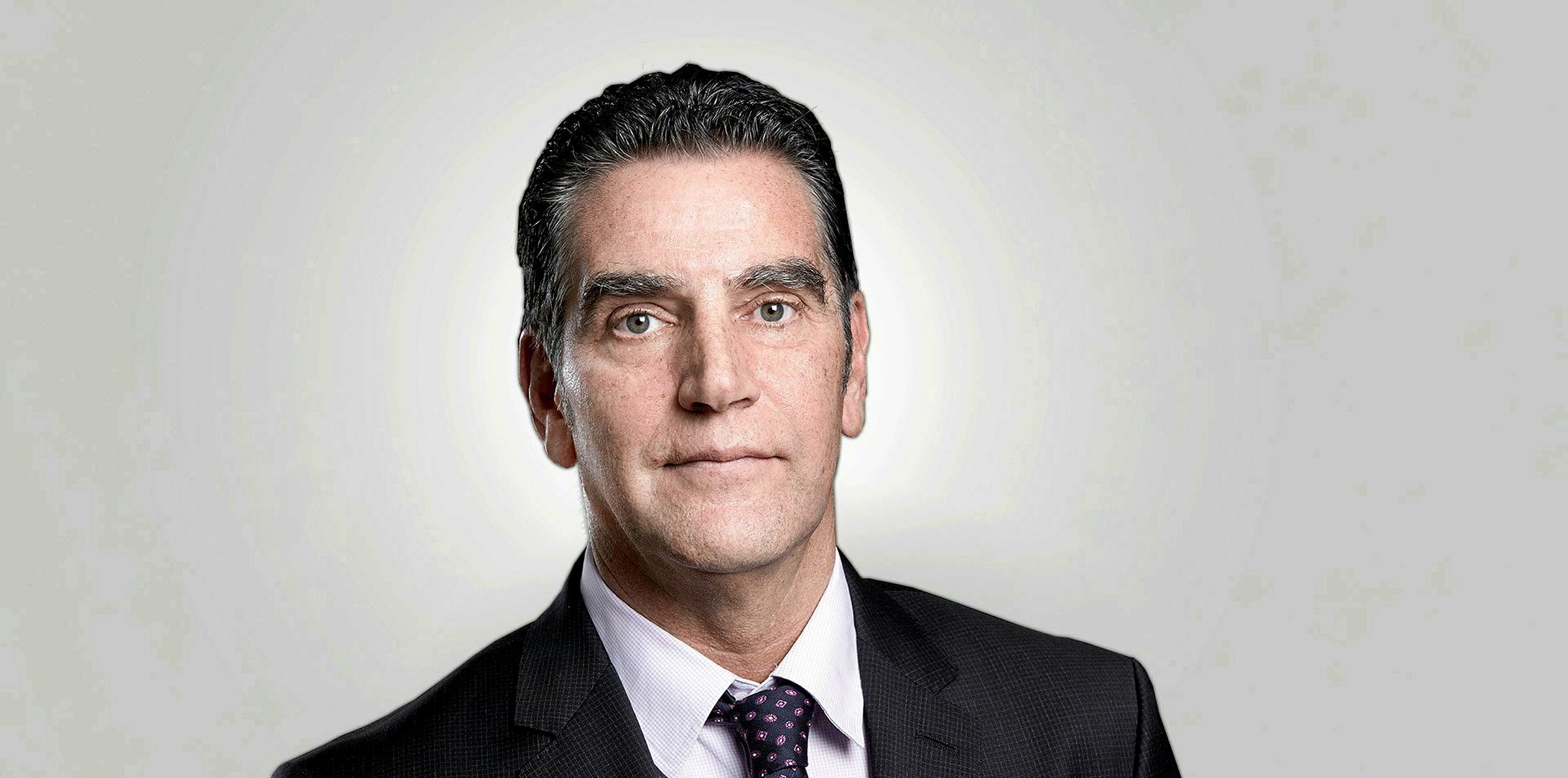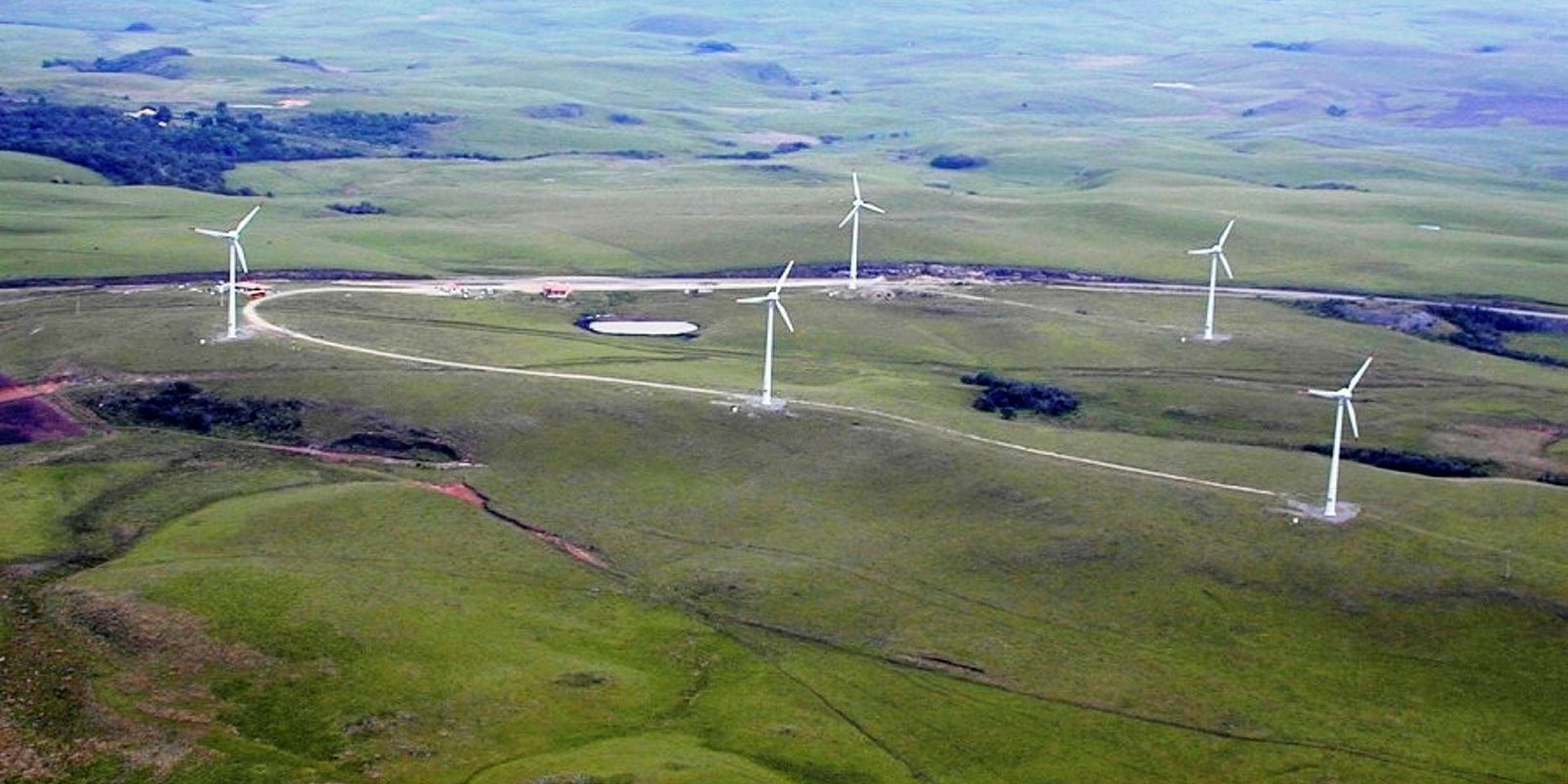Where will wind find its new growth markets? What are the major challenges facing the industry as it seeks growth in new regions of the world, or with customers beyond the ‘traditional’ power sector such as corporate buyers?
Growth markets for wind energy will not be confined to one region of the world. We see wind energy gaining momentum in many countries, fueled by the leap in competitiveness of onshore wind generation and by commitments to reduce emissions. We have seen strong growth in some Latin American countries – Mexico being a prominent example.
In Asia, Vietnam looks like a very promising market. Brazil and Canada remain on the agenda as major markets for onshore wind. It will also be interesting to see how South Africa will develop over the next years. And finally, we want to keep growing in Europe – we keep believing in our “home markets” like Germany and France. It is fascinating to see how corporate sourcing of wind power is developing.
At the same time, we believe that the traditional project developers will keep playing a role and that citizens should benefit directly from the energy transition.
Technological progress has driven the wind industry since its earliest days. What are the next major leaps forward in technology and innovation that will keep the industry competitive and on the growth path for the next decade and beyond?
Technological progress over the last couple of years has been geared at improving efficiency and bringing down costs. This is also reflected in the latest generation of Enercon turbines which we are presenting in Hamburg.
Onshore wind has become extremely competitive in economic terms and is now the cheapest source of new power generation in many countries. One remaining challenge is to bring the energy transition – and electricity produced from wind turbines – into other sectors like mobility and buildings. We want to play an active role in this process of electrification and we are developing the necessary tools.
Progress in heating, cooling and transportation is seen as the biggest challenge for global renewable energy. Wind has proved crucial in greening the power sector, but how will it make an impact in these other fields.
We think that wind will play an important role in electrifying sectors like transportation. Our focus as a supplier of system solutions will be to provide the ecosystem around our core
product – the wind energy converter. Storage will play an important role to use the electricity from wind in the most efficient way. Furthermore, we use our know-how and proven technology to bring the energy transition to the roads: The Enercon E-Charger 600 is one of the most powerful fast-charging solutions for battery-driven vehicles available on the market.
Digitalisation has rapidly become a key theme in the energy industry. How will digital technologies have changed the wind sector in, say, five years from now?
Digitalisation will have an effect on key technologies in many areas, also on wind energy converters. It offers, amongst others, new services for WEC monitoring and weather forecasts – even in real time –, more precise data, and inter-connectedness between wind farms. This progress will enable the wind industry to improve the effectiveness of energy production from wind even further.
Historical sources of finance (banking institutions and governments) are being challenged by the pension funds and boutique investment houses that are developing new models to raise capital for renewable energy projects. What is your view of how developers and other industry stakeholders will finance wind projects in the coming years?
Proven and trusted mechanisms for financing wind energy projects are no longer valid.
We see changing market and frame conditions in many regions around the world. In many countries there is a trend to switch from feed-in tariffs to tendering systems. Proven and trusted mechanisms for financing wind energy projects and assuring long-term security for operators and investors are no longer valid.
The sector has to adapt to the new conditions and find alternatives for the future, since market conditions will stay under pressure. One option to provide financial security might be long-term PPAs between wind farm investors/operators and the industry. But the sector has to develop secure PPA conditions first, and also needs to convince industrial enterprises that wind energy is a reliable and cost-effective source of energy.



